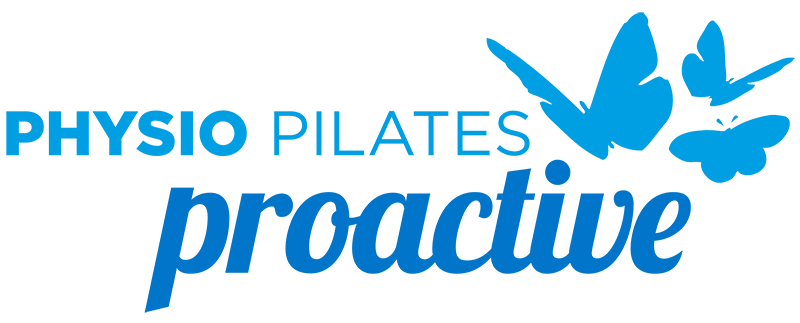Asthma is a lung condition where the muscles in the airways of a person’s lungs narrow in response to certain triggers. It can occur in people of all ages and can be a scary experience. People with asthma can have a variety of symptoms, for example, breathlessness, wheezing, cough and/or a tight feeling in the chest. The good news is if a person’s asthma is well controlled they may not experience many symptoms at all.
Here are my top 5 tips to manage your Asthma:
- Get help to get your asthma under control:
If you feel your asthma is not well controlled or you are using your blue reliever puffer more than two times a week you should see your GP and/or a Respiratory Specialist to check your medication regime. This might involve developing an Asthma Management Plan or you may need to use a preventer inhaler regularly in you are not already doing so. It is also worth investigating holistic management of your asthma, including your diet and environmental factors at home and work or school. - Check your inhaler technique:
There are a lot of different inhalers on the market these days and they often have different techniques that require practice to get the most from the medication. For example, if you use a blue Ventolin/Salbutamol inhaler it is best to use this inhaler with a spacer device. - Know your triggers:
Know your triggers and then make a plan to manage these triggers. For example, if smoke is a trigger, avoid smoke if you can and have your blue reliever puffer handy if you are going somewhere you cannot avoid smoke. If you are a smoker and you have asthma or your children have asthma you should quit as the irritants from smoking are common asthma triggers. However, if exercise is a trigger this should not be avoided. Gradually building your fitness can help you manage your asthma. - Get active and stay active:
There are a lot of different ways to exercise so work with your physiotherapist to find a type of activity that you can do without triggering your asthma. Build up slowly and use your preventer inhaler prior to exercising (this should prevent your chest from getting tight). Walking or Pilates is a great way to start out exercising if you have not done regular physical activity for a long time. - Practice breathing techniques to help with relaxation:
Did you know there are simple breathing techniques that you can practice to help you stay calm if you are feeling breathless or anxious? For example, diaphragmatic breathing is a breathing technique where a person sits upright in a chair and rests one hand on their tummy and the other on their upper chest. You can practice this breathing technique by sitting quietly for 1-5 minutes feeling the rise and fall of your hand that is resting on your tummy as you breathe. This technique helps us to breathe more efficiently by using our diaphragm to draw air into the deeper parts of our lungs.
A physiotherapist can check your inhaler technique, discuss your asthma management, teach you breathing techniques to help with relaxation and help you get more active. Asthma Australia has more information about managing asthma on their website and a lot of useful resources: https://www.asthmaaustralia.org.au/




